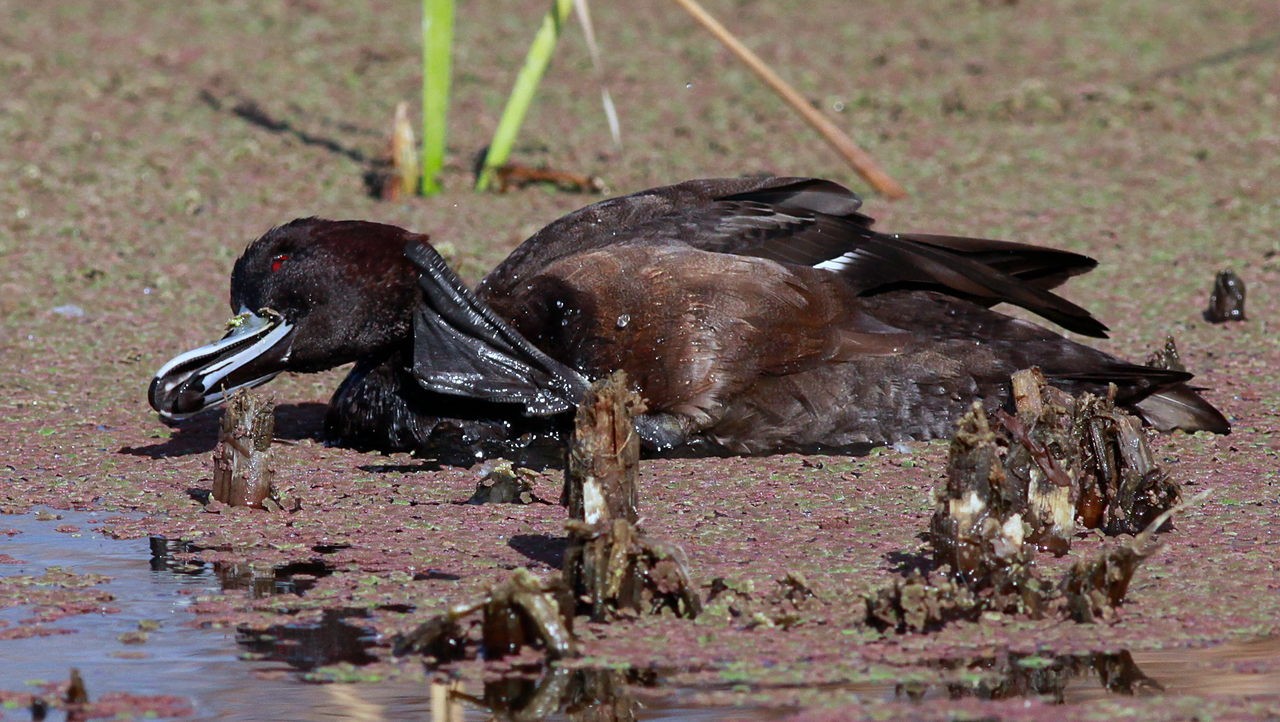Southern Pochard
A species of Red-crested Pochard and Allies Scientific name : Netta erythrophthalma Genus : Red-crested Pochard and Allies
Southern Pochard, A species of Red-crested Pochard and Allies
Botanical name: Netta erythrophthalma
Genus: Red-crested Pochard and Allies
Content
Description General Info
Description
The southern pochard (Netta erythrophthalma) is a species of duck, and a member of the genus Netta. There are two subspecies, the South American (southern) pochard N. e. erythrophthalma (Wied-Neuwied, 1833) and the African (southern) pochard N. e. brunnea (Eyton, 1838). The South American pochard has a fragmented range and is found from Colombia, Venezuela, Brazil, Ecuador, Peru, Bolivia and Argentina to Chile. Here it occurs in a wide variety of shallow fresh waters with submerged vegetation, from the lowlands up to 3,700 metres. The African pochard occurs from the Cape to the Ethiopian highlands on water bodies with or without emergent vegetation. They are suspected to have been strong migrants in the past but the construction of numerous farm dams seems to allow them a more sedentary lifestyle. They reach highest concentrations in Africa's central plateaus and in the south-western winter rainfall region. 
Size
51 cm
Nest Placement
Floating
Feeding Habits
Southern Pochard primarily consume seeds, aquatic plant parts, and invertebrates, favoring Nymphaea and Typha seeds. They forage diurnally by diving, head-dipping, and dabbling near water’s edge, sometimes nocturnally. Post-breeding, large groups form for moulting, often alongside other ducks.
Habitat
The southern Pochard is typically found in extensive, deep freshwater environments, including permanent or seasonal wetlands such as marshes, lakes, pools, and even sewage ponds. These habitats often feature plentiful submerged vegetation, which is crucial for their feeding. Additionally, these birds have adapted to man-made habitats such as reservoirs and agricultural areas like rice fields.
Dite type
Omnivorous
General Info
Feeding Habits
Bird food type
Species Status
Not globally threatened.
